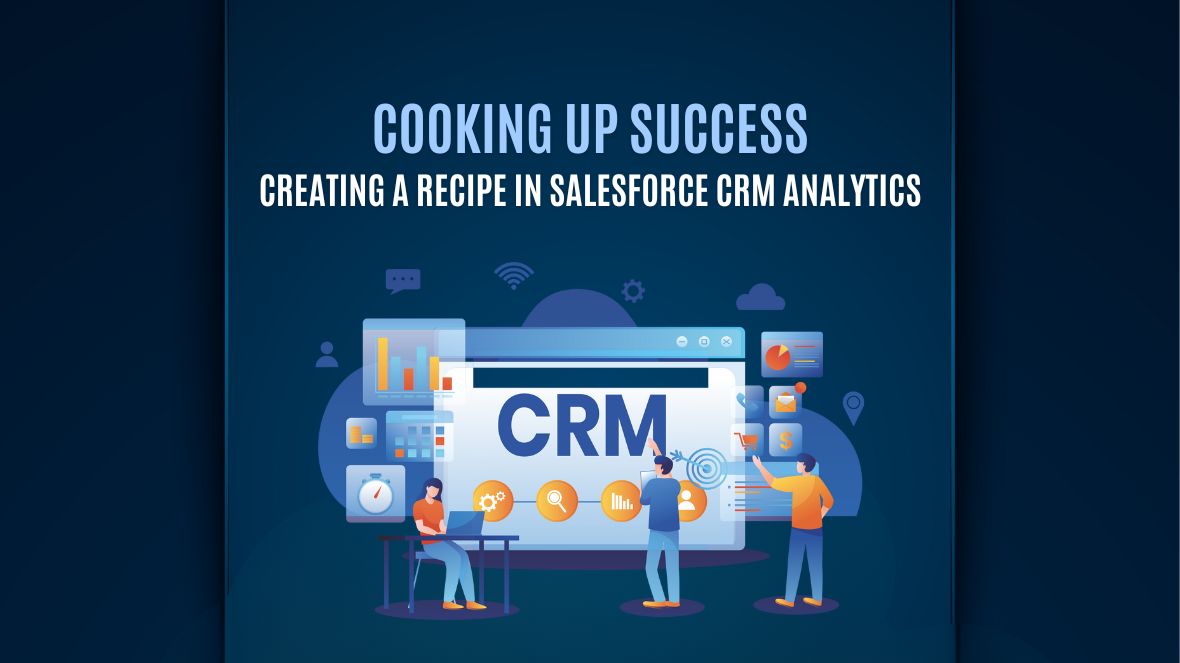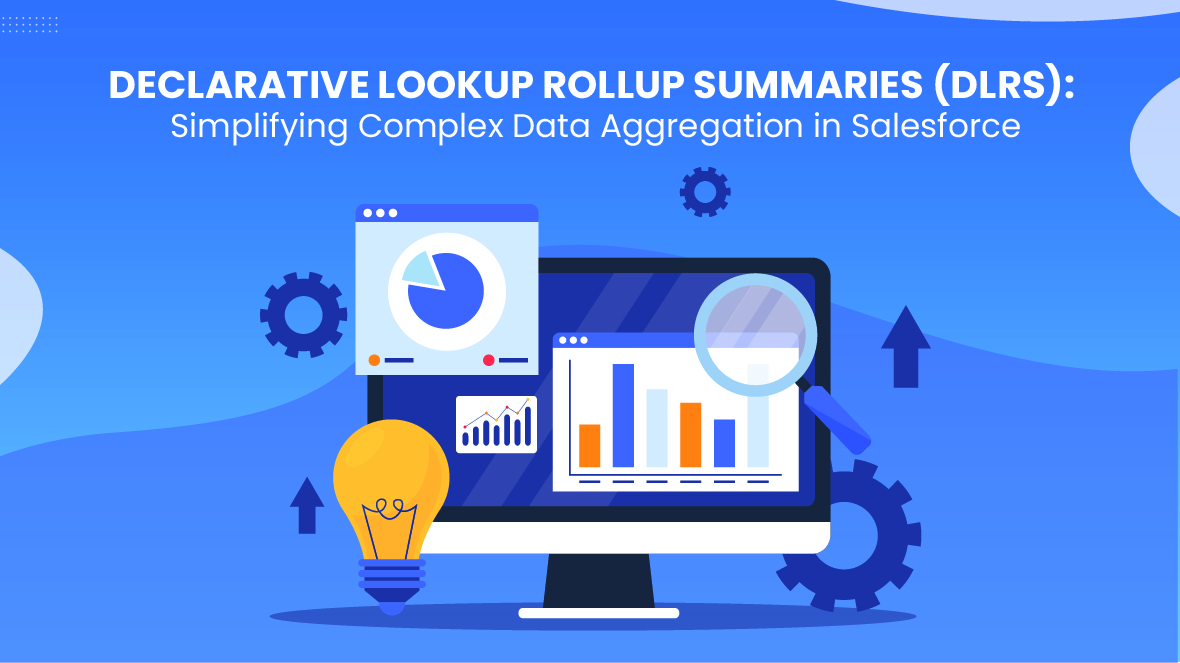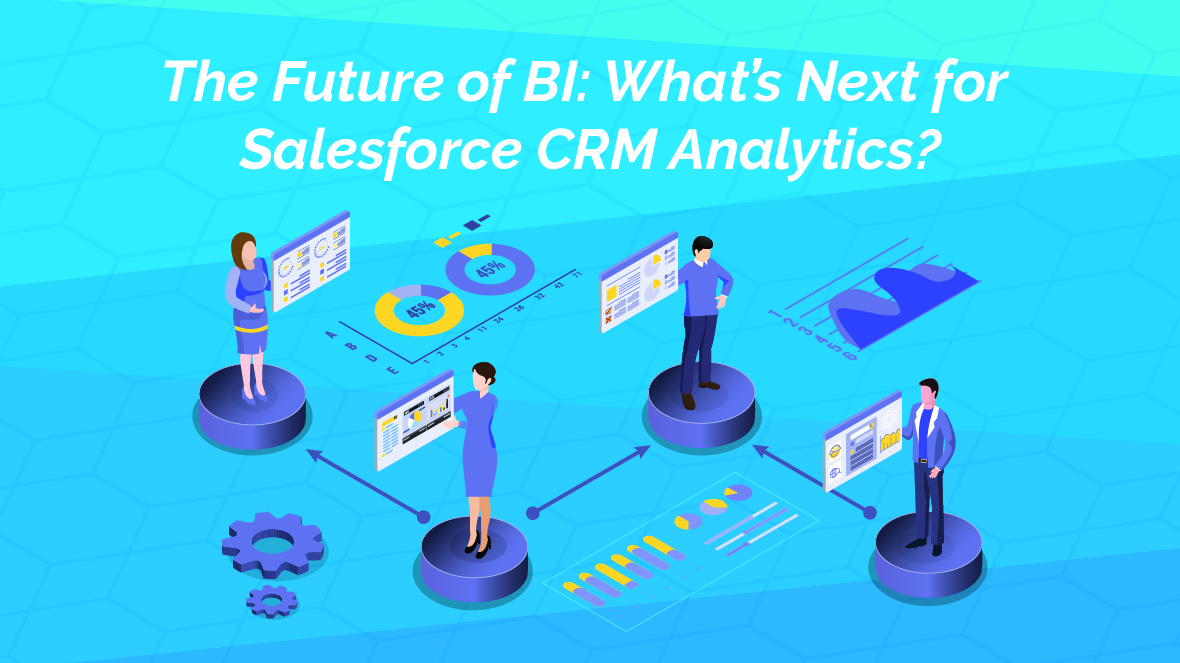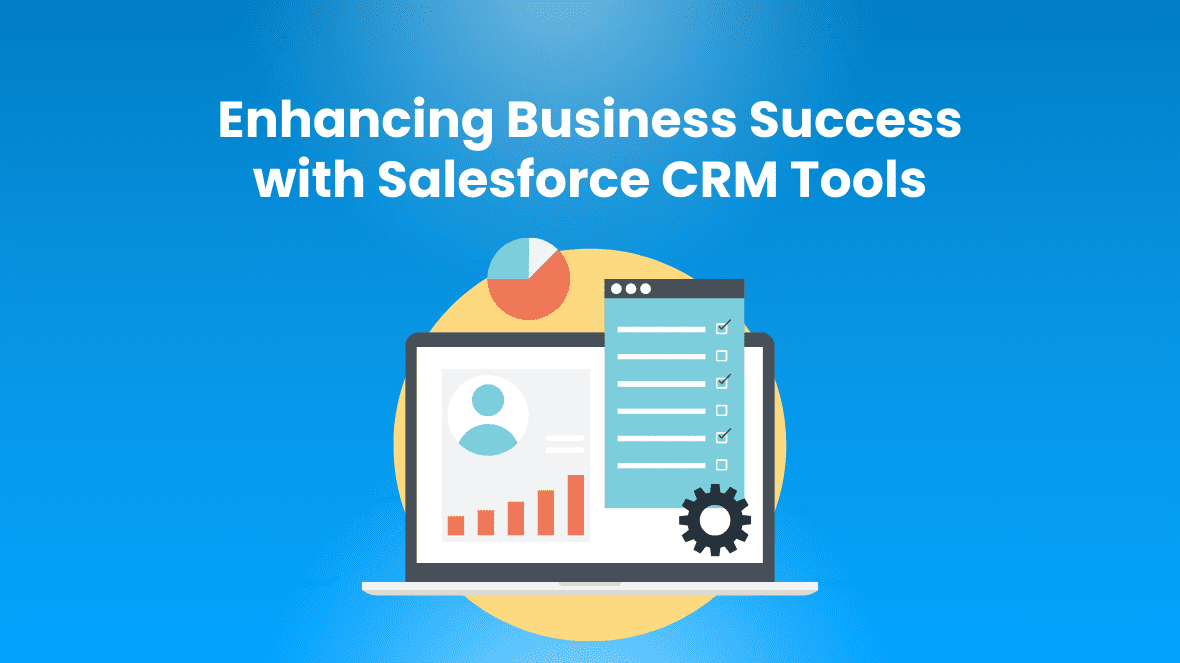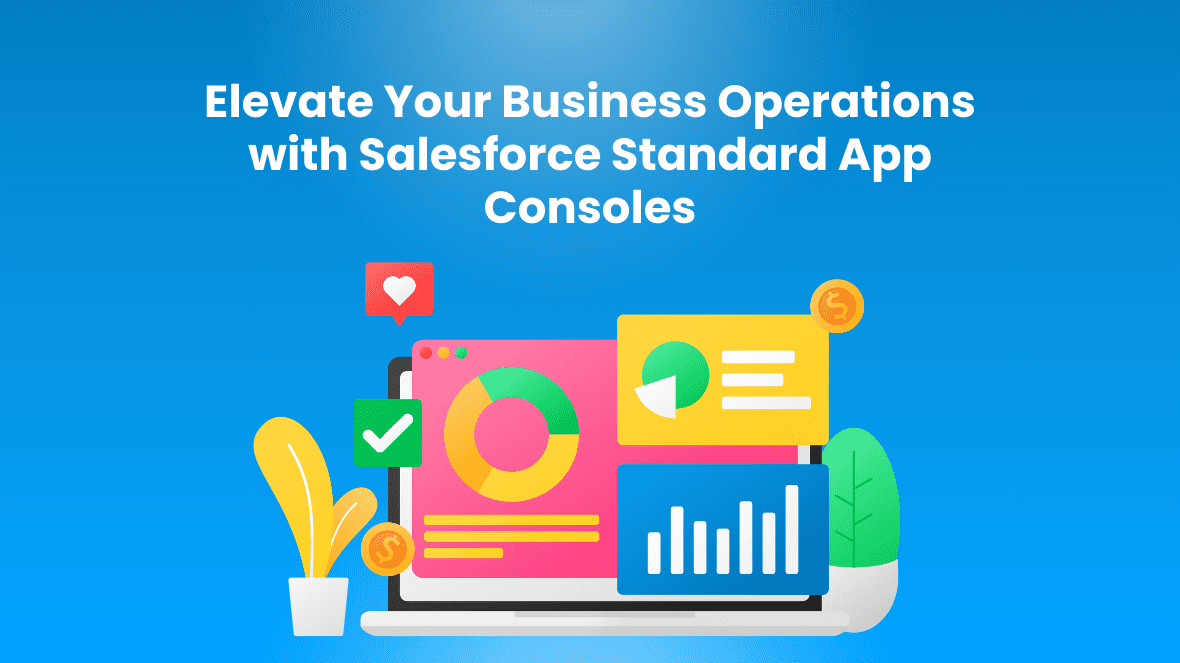Introduction
In the world of Salesforce, data is like the ingredients in your favorite recipe. When combined correctly, they create something powerful and insightful. CRM Analytics (formerly known as Tableau CRM) is Salesforce’s robust analytics platform, allowing you to create dashboards, visualizations, and reports that drive business decisions. How do you make a “recipe” in CRM Analytics? Just like cooking, it’s all about combining the right data, tools, and processes to create something deliciously effective. Let’s explore how you can whip up a recipe in CRM Analytics that’s sure to satisfy your organization’s data appetite.
Step 1: Gather Your Ingredients
Just as a great dish starts with quality ingredients, an insightful CRM Analytics recipe begins with the right data. Before diving into the platform, identify the data sources you need. These might include:
Salesforce Data: Opportunities, leads, accounts, and other standard or custom objects.
External Data: Information from spreadsheets, third-party apps, or data warehouses.
User Data: Preferences, activities, or demographic information.
Ensure that your data is clean, accurate, and relevant to the business questions you aim to answer.Inaccurate or incomplete data can ruin your entire process.
Step 2: Choose the Right Tools
In cooking, you need the right tools—knives, pans, mixers—to bring your ingredients together. Similarly, in CRM Analytics, you have several tools at your disposal:
Dataflows: Think of dataflows as your prep station. Here, you clean, transform, and join your data sources, ensuring everything is ready for analysis. Dataflows allow you to manipulate data, create calculated fields, and aggregate information.
Recipes: This is where the magic happens. Recipes in CRM Analytics let you combine data from different sources, apply transformations, and create datasets that can be used for reporting. It’s akin to mixing ingredients in a bowl to create a harmonious blend.
Dashboards: Your presentation plate. Dashboards are where your insights are displayed in a visually appealing and interactive way. This is what your audience will view and engage with.
Step 3: Prep Your Ingredients
Before jumping into creating your recipe, you need to prepare your data. In CRM Analytics, this preparation happens in the dataflows and recipes:
1. Transform Data: Just as you chop and season ingredients before cooking, you need to clean and transform your data. Use dataflows to remove duplicates, fill in missing values, and create calculated fields. For instance, if you want to track customer lifetime value, you might create a calculated field that sums up all the sales transactions for each customer.
2. Combine Data: Mixing ingredients to get the right flavor is key. In your recipe, combine different data sources to provide a complete picture. For example, you can join Salesforce opportunity data with external marketing campaign data to understand how marketing efforts impact sales.
3. Apply Business Logic: Like adding spices, this step involves applying business rules and logic to your data. Use filters and conditions to refine your datasets. For example, filter out closed opportunities if you’re focusing on active deals.
Step 4: Cook Your Recipe
Now that your ingredients are prepped, it’s time to cook—by which we mean creating your CRM Analytics recipe:
1. Create a New Recipe: Start by opening CRM Analytics and creating a new recipe. Choose your primary data source (e.g., Salesforce Opportunities) and start adding other data sources as needed.
2. Add and Blend Ingredients: Bring in the different datasets and apply the necessary joins. For instance, if you’re combining sales data with customer feedback, use a join based on customer IDs.
3. Transform and Enhance: Just like adjusting seasoning to taste, you might need to add transformations or calculations to your data. For instance, you can create a field that computes the average deal size by dividing the total revenue by the number of closed deals.
4. Preview and Test: Before serving, you need to taste your dish. Preview your dataset to ensure that the data is accurate, the joins are correct, and the calculations make sense. Testing at this stage helps avoid errors later.
Step 5: Serve Your Dish
With your recipe cooked to perfection, it’s time to plate it—create dashboards and reports that your team can dig into:
1. Design Your Dashboard: Think of the dashboard as the presentation of your dish. Choose a clean, visually appealing layout that highlights the most important insights. Use charts, graphs, and tables to convey your data effectively.
2. Add Interactivity: Just like a dish that looks great and tastes even better, your dashboard should be as functional as it is attractive. Add filters, drill-downs, and dynamic elements that allow users to interact with the data and uncover deeper insights.
3. Share with Your Team: Once your dashboard is ready, share it with stakeholders. Use Salesforce’s sharing features to make sure the right people have access to the insights they need.
Step 6: Get Feedback and Refine
No recipe is perfect the first time. After your team has had a chance to use the dashboard, gather feedback. Are there additional data points they need? Is there a different way they want the data visualized? Use this feedback to refine your recipe and improve your dashboards over time.
Conclusion
Creating a recipe in Salesforce CRM Analytics is like cooking a gourmet meal. It requires the right ingredients (data), tools (dataflows, recipes, dashboards), and processes (transformation, testing, and refinement). But when done right, the result is a powerful, insightful tool that can drive business success. So roll up your sleeves, fire up CRM Analytics, and start cooking up some data-driven insights!

